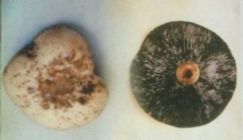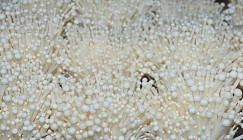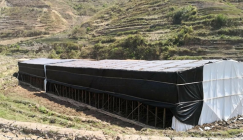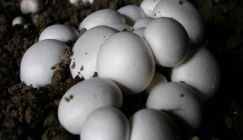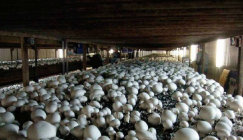Since mushrooms have unique production mode and different structure organization, so, it is improper for producers to spray chemical agent in growth stage of sporocarps. People must put “Prevention” in the first place, adopt the guideline of “Prevention first, integrated control”, reduce the use of chemical agent, raise the level of product quality safety and adopt comprehensive treatment measures to control the harm of disease and pests.
Aiming at cultivation features, main comprehensive control measures are:
1. Cut off infection routes of diseases and pests, there are three sources during the cultivation period of mushroom:
A. Pests and source of the disease are carried in strains.
B. Pests and source of the disease are carried in compost and casingsoil.
C. Natural spreading from inside and outside of the greenhouse.
Cutting off mentioned three spreading routes is the most important thing on integrated control of pests and diseases.
2. Control the environment to reduce the occurrence rate of diseases and pests:
A. Lower the temperature of material: when the material temperature of spawn running on Button mushroom is controlled below 20 degrees, it will be more effective to prevent and control Diehliomycesmicropours. The phenomenon of infected fungus sacks can be prevented when controlling the temperature of spawn running on Enoki mushroom and Oyster mushroom in below 20 degrees.
B. Increase ventilation: ventilation is the best air sterilization method, people should be sure not to create muggy fruiting environment, unventilated environment brings nothing but harm to mushrooms.
C. Light regulation: different varieties own various demands on light intensity, for example, light intensity on Button mushroom should be partial dark and strong light intensity should be given to Pleurotus nebrodensis.
3. Agricultural prevention and control method: different soil holds various microfloras, different ecological environment has various biocenosises. Practice has proved that the cultivation situation of Tsuchidana is good in the first year and bad in the second year, the reason is that the ecological environment of Tsuchidana is getting worse and worse, which means the phenomenons that harmful bacteria, more pests have appeared and air quality became worse, for this purpose, people must improve ecological conditions, optimize the environment of fruiting and reduce the occurrence rate of diseases and pests.
4. Chemical prevention and control: chemical prevention and control are mainly used in prevention measures. During the fruiting period, since the organization structure of sporocarp is easy to produce residual hazard, which affects eating and exporting, therefore, it is forbidden to use chemical drugs, only as a last resort should people spray chemical drugs before fruiting and it is best to use Galenica.

 LATEST NEWS
LATEST NEWS
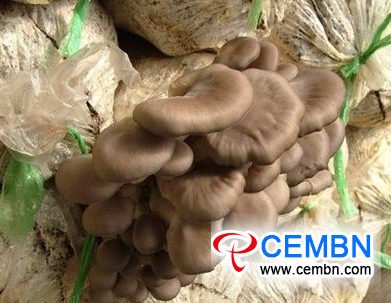
 MOST POPULAR
MOST POPULAR
